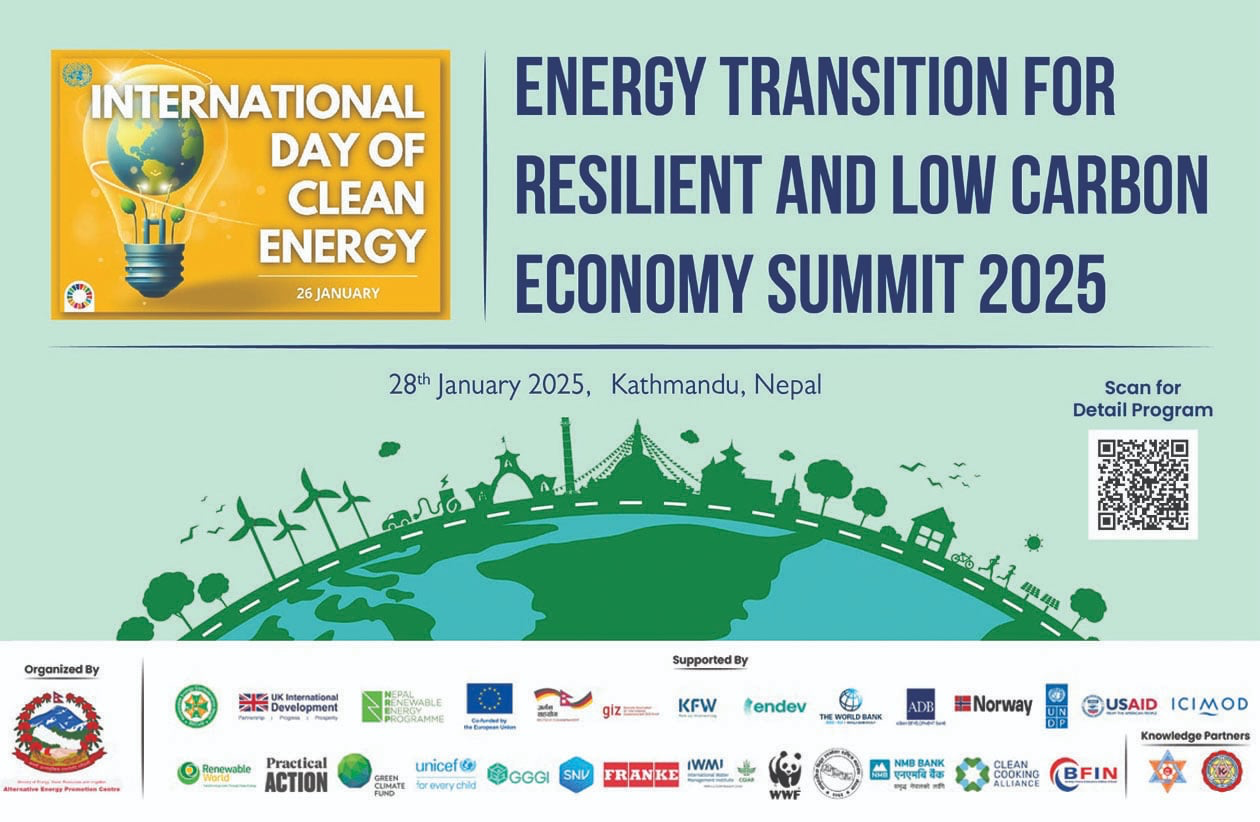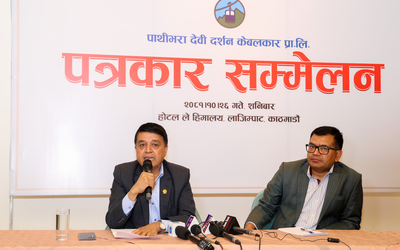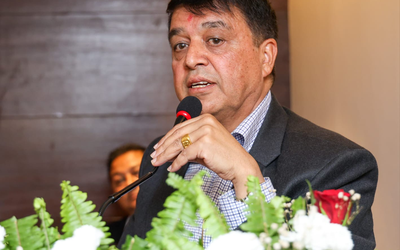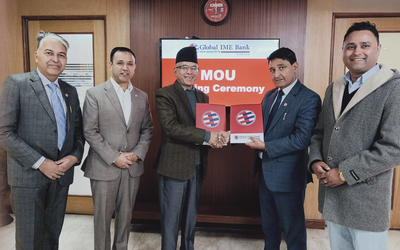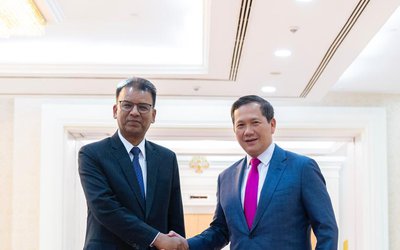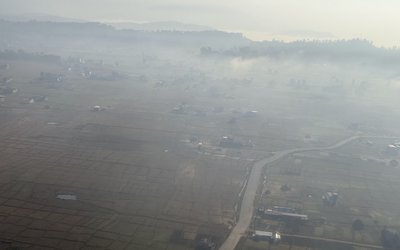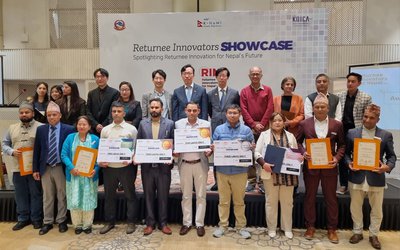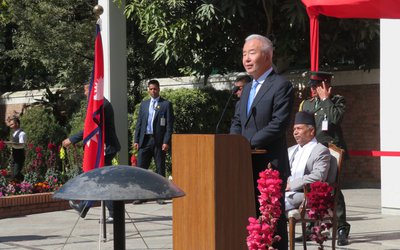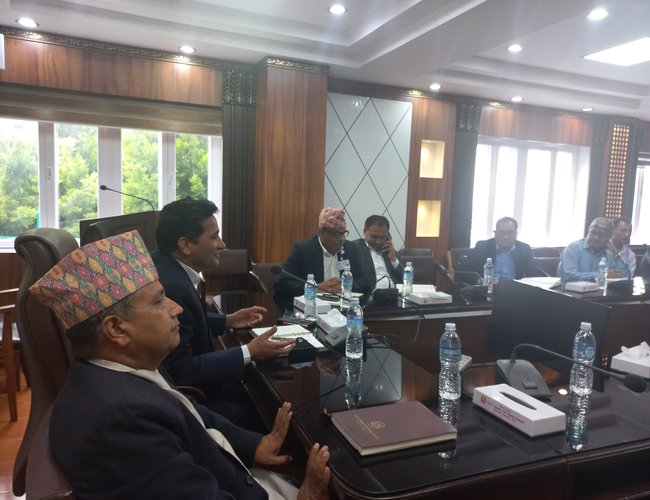
The government is taking a proactive stance on the construction of a new substation in Lapsiphedi, Kathmandu's Shankharapur Municipality-3, assuring the public that their concerns will be genuinely considered and addressed throughout the project's development.
In a recent meeting held at the Ministry of Energy, Water Resources, and Irrigation, Minister Shakti Bahadur Basnet reassured stakeholders that the legitimate concerns of the local residents would be taken into account. He also urged them to support the timely completion of the substation, emphasizing its critical role in ensuring a stable electricity supply for the Kathmandu Valley.
Minister Basnet highlighted that any delays in the substation's construction would exacerbate the current electricity supply challenges in the Kathmandu Valley. Consequently, the government is committed to expediting the project's development, along with other local initiatives.
Once the substation is operational, the government aims to enhance the quality of life for local residents, pledging to address their specific needs. Minister Basnet expressed optimism that the government would formulate a comprehensive plan for social responsibility, including the restoration of transmission lines and the promotion of a conducive environment for future projects.
Minister Basnet urged the public to recognize the gravity of the electricity supply issue in the Kathmandu Valley and to support measures that would mitigate the negative effects of the project. He reiterated the government's commitment to minimizing any adverse impacts.
Dinesh Kumar Ghimire, the Secretary of the Ministry of Energy, Water Resources, and Irrigation, echoed Minister Basnet's sentiments, emphasizing the government's dedication to meeting the community's demands. He urged stakeholders to create a conducive atmosphere for the project's success while understanding the challenges associated with it.
The substation in Lapsiphedi is a crucial component of the plan to distribute hydroelectric power generated from the Tamakoshi and Sunkoshi rivers and their tributaries to the Kathmandu Valley and the surrounding region. It will consist of 400 kV, 220 kV 132 kV, and 11 kV facilities, enhancing the local power supply infrastructure.
The substation will be linked to a 400 kV transmission line stretching from New Khimti in Ramechhap to Lapsiphedi via Bahrbise in Sindhupalchok. Construction of the 400 kV New Khimti-Bahrbise-Lapsiphedi transmission line is currently underway, ensuring a reliable power supply to the area.
Additionally, a 132 kV transmission line and substation are being constructed from Lapsiphedi to Changunarayan in Bhaktapur, further expanding the electricity distribution network. Changunarayan will also host a 132 kV capacity substation, contributing to improved electricity infrastructure in the region.
The government initiated the land acquisition process for the substation in June 2074, involving 50 landowners who collectively owned 172 ropani of land. In January of the same year, compensation amounts were agreed upon, with all landowners, except one, voluntarily accepting the settlements. To date, the compensation and compensation-related expenses have amounted to nearly Rs 500 million.
However, one landowner is facing legal complications in receiving compensation due to the property being in the form of land, despite its continued use. Subsidized loans are being utilized to fund the construction of substations and transmission lines, with contributions from the Government of Nepal, the Nepal Electricity Authority (NEA), and the Asian Development Bank's (ADB) "Electricity Transmission Expansion and System Improvement Project."
The conversation on this vital project included key participants such as Managing Director Kul Man Ghising of the NEA, Secretary Ghimire of the Ministry of Energy, Water Resources, and Irrigation, Joint Secretary Sandeep Kumar Dev, Mayor Ramesh Napit of Shankharapur Municipality, Ward Chairman Surya Bahadur Tamang of Shankharapur 3, and other stakeholders, all of whom share the commitment to successfully address local concerns while advancing the project's construction.
- Ambassador Oli Paid A Courtesy Call On The Prime Minister of Cambodia
- Feb 08, 2025
- National Pride Projects Record 25.70 per cent expenditure in six months
- Feb 08, 2025
- Weather Forecast: Partly To Generally Cloudy In Hilly Regions of Karnali and Mainly Fair In Kathmandu Valley
- Feb 08, 2025
- From Migrant Workers to Nepal’s Future Innovators
- Feb 07, 2025
- Japan’s National Day Celebrated In Kathmandu
- Feb 07, 2025
